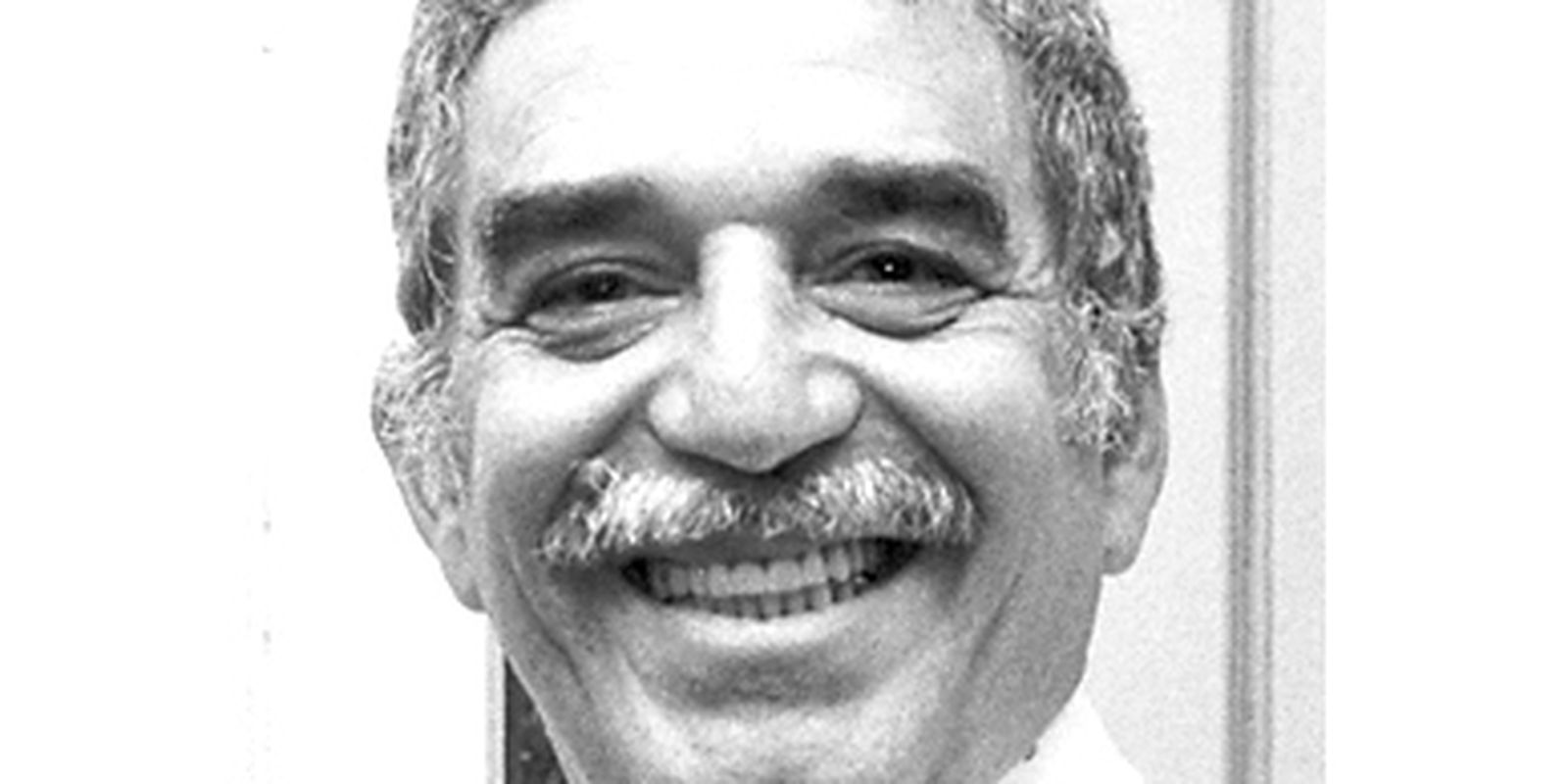Treat your surroundings and, at the same time, expand your horizons to the world. Remember childhood and, together, provoke an awakening in the face of estrangement from the logic of adults. Be realistic and revealing, but with elements of mystery, the unusual and the transcendental. Bringing together details with textures so evident, in fiction, that they even seemed to be real. Colombian writer Gabriel García Márquez (1927 – 2014), Nobel Prize in Literature in 1982, and who would have turned 95 this Sunday (6), enchants readers around the world with renowned novels, and his “fantastic realism“, with a writing colored by contrasts. Among the admirers of his work, the English filmmaker Justin Webster delved into the world of the writer to make the documentary Gabo: the creation of Gabriel García Márquez (available at Netflix platform since last year and with four international awards on the curriculum).
“The work of García Márquez is a tremendously Latin American, and also universal, expression of the generous force of creativity,” said the director in an interview with Brazil Agency. The admiration for the work of the Colombian made the Englishman stop to investigate and go through his thoughts and inspirations to understand the origins of the creativity that generated at least 30 works such as One hundred years of Solitude (1967), Love in the Time of Cholera (1985), Chronicle of a Death Foretold (1981) and news of a kidnapping (1996). In this book, for example, Gabo mixes reality and fiction. The writer made a career in journalism before becoming one of the leading novelists of the 20th century.
Rain of flowers and a plague of insomnia, in One hundred years of Solitude, or a polyglot parrot, in Love in the Time of Cholera, or humans who become animals, in De Amor e Outros Demônios (1994) are examples of the vast resources of magical realism used by the Colombian author, who uses these extraordinary elements as figures of speech to stir the reader’s imagination.
“Like many outside Latin America, I discovered Gabo’s books in the 1980s in England. And it was love at first sight. I have lived in Barcelona for 30 years, first as a journalist and non-fiction writer, then as a documentary filmmaker, and from the beginning I had a lot of contact with Latin American writers,” said the English filmmaker. Among Justin Webster’s documentaries, another work that is available on Netflix is Nisman: The Prosecutor, the President and the Spy (2019). He signs the direction of other non-fiction works such as Death in León (2018), The End of ETA (2013), I will be Assassinado (2013).
Webster explains that, throughout this period, García Márquez was the main reference for Latin America for him and it was necessary to look for rarities to find out more about the writer. One of the main references in the documentary is the influence of childhood in the small town of Aracataca, along with grandparents, to understand the fiction writer’s thinking.
A look at Aracataca reveals the writer’s world, unhappy with poverty and inequalities in Latin America. “I researched that his very private childhood, in his grandparents’ house, was decisive, as he so often expressed”. For the director, loneliness and longing are hallmarks of fictional narrative. Another very important element refers to the expectations and hopes placed on him by his family. The connection with the people of the city was important in his political vision of the world”.
Search for the tracks
The film gathers rarities of testimonies from family, friends, critics and from Gabo himself about how he thought. “The truth is that making a documentary about him is not the most obvious: there are few interviews with him on camera. So the first step was to track them down, one by one, and keep looking for a long time for all the clues about Gabo.”
Among the findings, Webster details that the siege of Gabo’s footprints and tracks proved to be a panel of affective and reflective memories about his own existence. “There are many influences to decipher the ideas put on paper by the author. Some of these discoveries were news to me and they made us understand much better how the writer thought. His attitude towards death, for example, which he defines at the end of the documentary, was a powerful creative engine.”
In the film, Gabriel García Márquez revealed his nonconformity with the finitude of life and understands that writing is part of the quest to survive beyond his time. “I understand that, like many great creators, his art was a form of therapy, and that he was able to solve his own existential, or even family, problems through writing.”
All are love stories
The documentary brings thoughts of the Colombian writer that surprise those readers who see the Colombian only as an activist author or engaged in denouncing social ills. Gabo says that, although he tries to hide it, all of his novels are “love”. “The love he is about must be understood in a broad sense, a love of life and of people,” says Webster. The English’s favorite book is Chronicle of a Death Foretold, which turned 40 in 2021, a mystery book narrated in a journalistic style.
In fact, he understands that Gabo left a legacy of fighting for this professional activity. “He elevated the dignity of the craft, as Jon Lee Anderson (journalist who was a war correspondent and now writes for the New Yorker Magazine) in the documentary. He defended journalism and loved what is most essential in the profession, reporting”.
Webster hopes that the exhibition of the film on the streaming platform Netflix will help spread the ideas of Gabriel García Márquez and that more people will be interested in opening a book by the famous writer. “Gabo has already managed to connect with ordinary people. More than 50 million of his books have been sold. I hope the film will serve to discover more of his masterpieces.”
Check out other publications on EBC About Gabriel Garcia Marquez:
– Mia Couto says that Gabo’s work will last forever
– Claquete program highlights track for adaptation of Love in the Time of Cholera
Watch the tribute made by TV Brazil to the Colombian writer:








